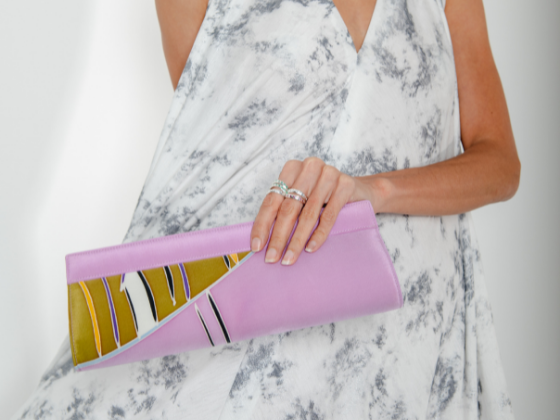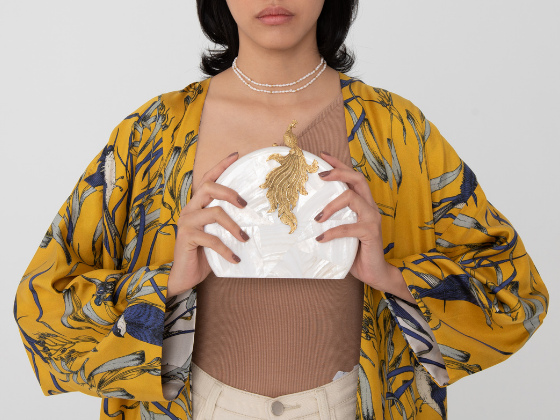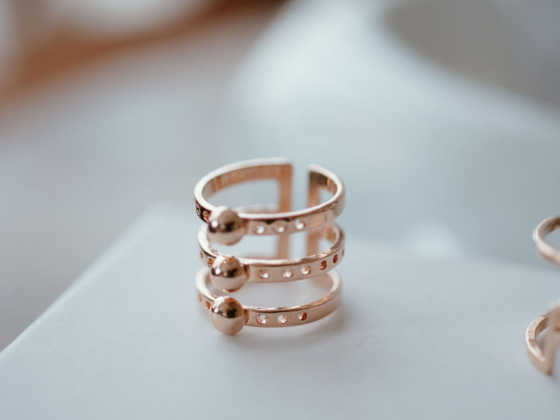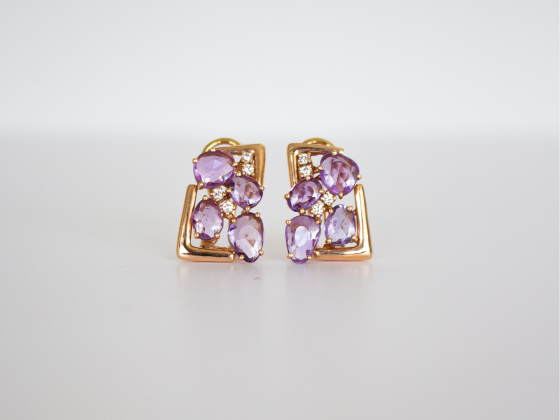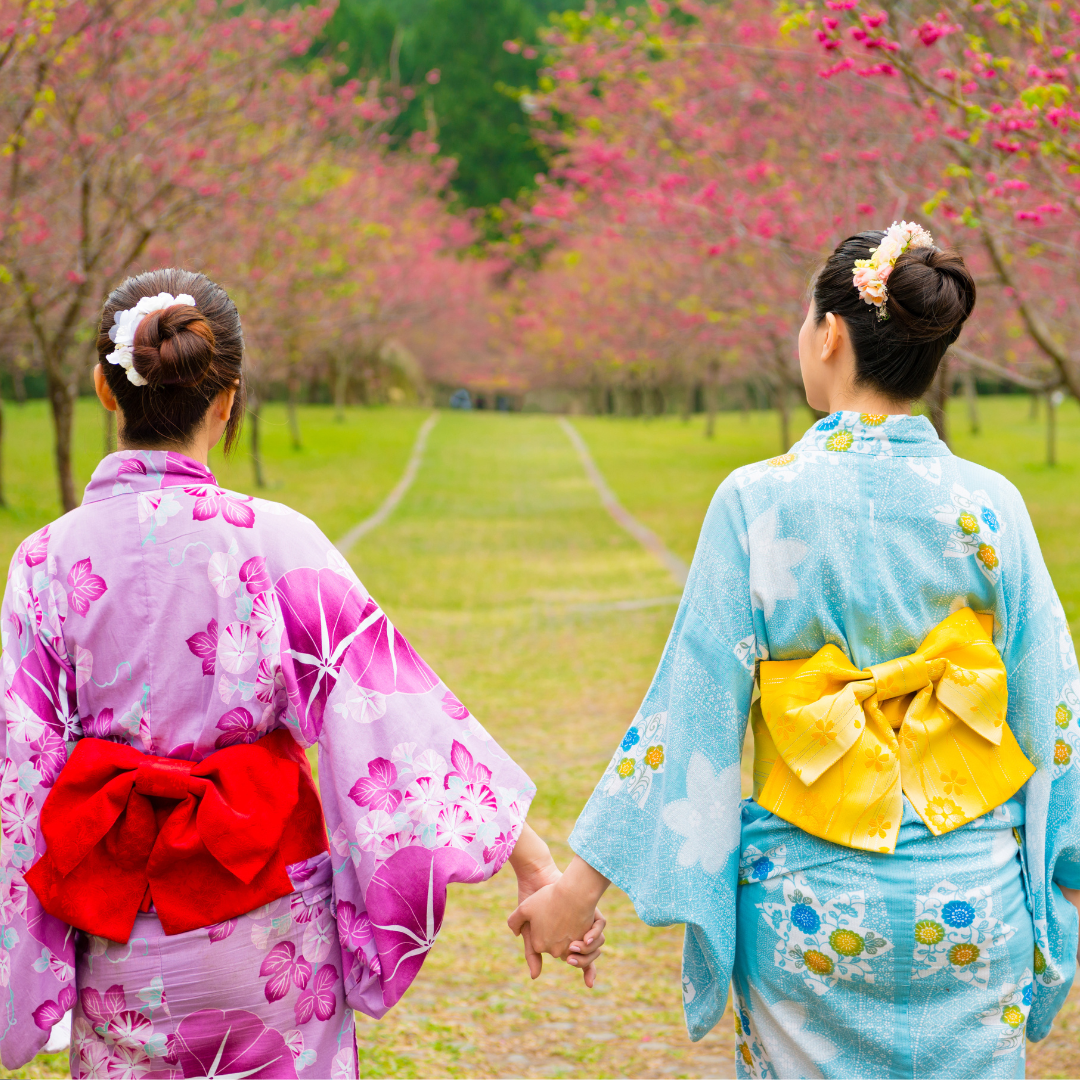By Rahemma Azwar on October 20, 2021
In 2021, one thing is for certain: You can’t escape the influence and music of KPOP’s biggest girl group, BLACKPINK. Over the past few years, they have grown into a phenomenon loved by worldwide audiences.
Lead dancer Lisa recently released her first solo debut song, serenading listeners to an upbeat anthem about self-confidence, titled “LALISA.” But one thing caught many people’s eyes while watching the music video: Lisa herself can be seen repping her Thai heritage with a traditionally inspired look.
Let’s take a peek at how Lisa managed to bring Thai cultural trademarks to the KPOP and global stage.

With the help of Thailand’s very own Asava Fashion House, a custom gold-embroidered costume was made for the KPOP star. Asava was a notable choice to create this ensemble, considering their creative director Polpat “Moo” Asavaprapha is a graduate of Parsons, has interned for the likes of Marc Jacobs, and is currently the President of the Bangkok Fashion Society.
ASAVA revealed initial sketches of Lisa’s Thai outfit on Instagram, which was made through a collaborative effort between her and the fashion house. “The costume was designed exclusively for Lisa and was specially made in traditional Thai brocade golden silk,” the caption reads.
Created from a two-piece version of both the sabai (breast covering) and a mini sarong wrap, a contemporary twist of the frontal pleats adds structure and a lean silhouette that is a staple of ASAVA.
Sabais are a gender-neutral shawl-like garment. Typically, they are made from a long piece of silk and draped diagonally around the chest by covering one shoulder, while its end drops behind the back. With Lisa’s sabai, extra length was added to the back to create a more extravagant and dramatic look, fit for any pop star.
The beaded patterns on both the sarong and sabai are made out of Swarovski crystals, carefully handwoven “in metal-threaded ancient patterns from Lamphun Province (Lamphun is a town in Northern Thailand),” according to the fashion house’s post.
Thai fans on social media in particular have been reacting to Lisa’s embrace of her heritage with surprise and pride. Many have pointed out her wearing a chada, which is a traditional Thai headpiece, as a top-tier representation moment.

While different variants are worn throughout South-East Asia, the chada is often donned in classical Thai dance traditions to portray characters of royal status. Easily spotted due to its distinct tall, pointed shape, it is also a symbol of divinity. Most notably, it is seen worn in iconography of the Buddha and depictions of divine beings. To even further elevate its importance to the culture, the chada also forms part of the Regalia of Thailand.
It’s no wonder why reactions to her wearing this symbolic headpiece were grand and impassioned. Watch a compilation of Thai fans first reacting to her traditional look in the “LALISA” music video here.
Creating this bridge between fashion and culture has proved how Lisa continuously uses her unique position as a global powerhouse. She knows that to educate and expose fans and casuals to her Thai roots, using a visual language outsiders know best is major. And we can’t wait to see how her fashion evolves with this unique perspective in the future.
Image Credits: Instagram via @sooyaaa__ and @asavagroup
ABOUT THE AUTHOR
Rahemma is Dia’s intern and a Journalism student at the University of New South Wales in Sydney. She has her own jewelry business, runs a blog analyzing the fashion industry, and started a sex education NGO to support Malaysian youth. Her interests include creating art, sociopolitical theory, literature, and rollerskating on the weekends.

